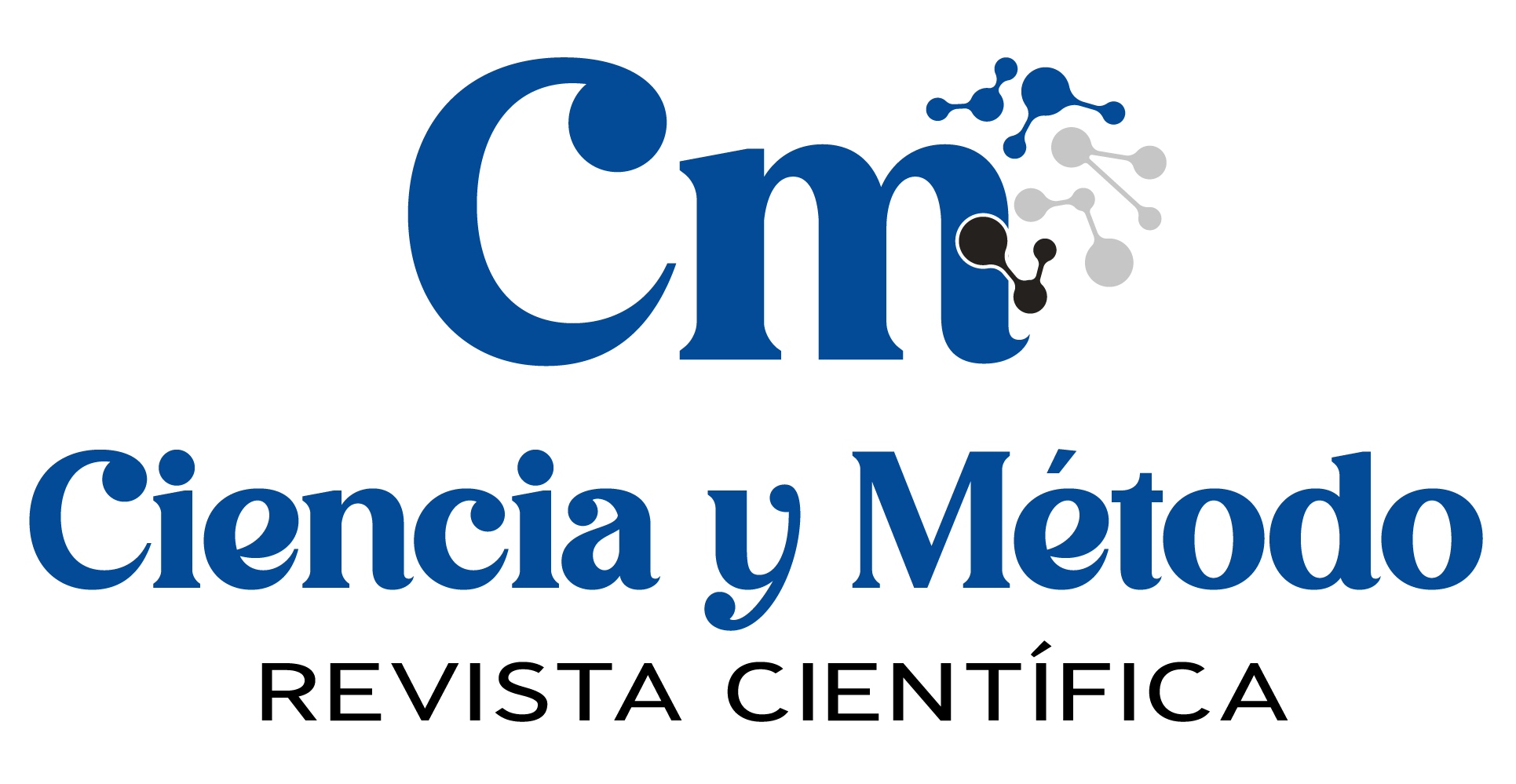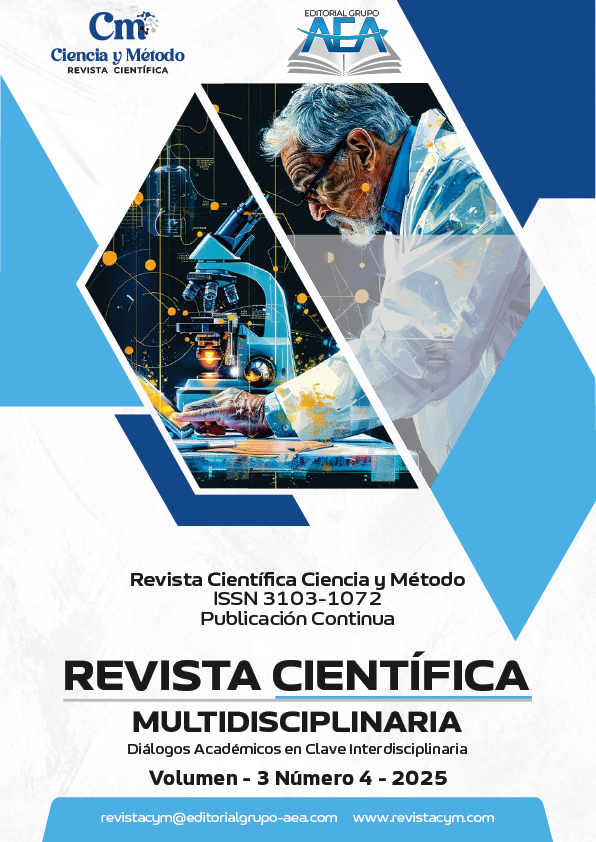Selenium as a biostimulant in the growth and yield of Brassica oleracea
Main Article Content
Abstract
Broccoli (Brassica oleracea) is a horticultural crop with high nutritional and economic value that is sensitive to the availability of essential micronutrients. In order to determine the biostimulant effect of selenium on crop growth and yield, a trial was conducted under controlled conditions in the greenhouse of the Faculty of Agricultural and Forestry Sciences of the Quevedo State Technical University, “La María” campus (65 m above sea level). A completely randomized design was applied with four treatments (0, 3, 5, and 7 mg L⁻¹ of selenium) and five replicates. The results showed that the 7 mg L⁻¹ treatment promoted the highest vegetative development and yield, registering averages of 54.30 cm in height, 5.55 cm in stem diameter, 20 leaves per plant, 297.96 g head weight, 9.26 cm equatorial diameter, and 19,847.62 kg ha⁻¹ yield, with a profitability of 159%. In contrast, the control had 8,415.4 kg ha⁻¹ and the lowest profitability (17.88%). It is concluded that the application of selenium acts as a physiological biostimulant, significantly improving the growth, productivity, and economic efficiency of broccoli, making it a sustainable agronomic strategy with the potential to optimize intensive horticultural systems.
Downloads
Article Details
Section

This work is licensed under a Creative Commons Attribution-NonCommercial 4.0 International License.
How to Cite
References
Abdelsalam, A., El-Sayed, H., Hamama, H. M., Morad, M. Y., Aloufi, A. S., & Abd El-Hameed, R. M. (2023). Biogenic selenium nanoparticles: Anticancer, antimicrobial, insecticidal properties and their impact on soybean (Glycine max L.) seed germination and seedling growth. Biology, 12, 1361. https://doi.org/10.3390/biology12111361 DOI: https://doi.org/10.3390/biology12111361
Ahmed, F., Dwivedi, S., Shaalan, N. M., Kumar, S., Arshi, N., Alshoabi, A., & Husain, F. M. (2020). Development of selenium nanoparticle based agriculture sensor for heavy metal toxicity detection. Agriculture, 10(12), 610. https://doi.org/10.3390/agriculture10120610 DOI: https://doi.org/10.3390/agriculture10120610
Ali, N. A., Al-Jashamy, S. M., & Kadhim, Z. M. (2020). Effect of adding two levels of organic selenium and selenium nanoparticles in the diet on the blood biochemical traits and lipid profile of broiler chickens Ross 308. Diyala Agricultural Sciences Journal, 12(Special Issue), 476–487. https://doi.org/10.52951/dasj.20121040 DOI: https://doi.org/10.52951/dasj.20121040
Buendía-García A, Lozano-Cavazos CJ, Rodríguez-Ortiz JC, Carballo-Méndez FJ, MorenoReséndez A, Sariñana-Navarrete MA, Preciado-Rangel P (2021) La biofortificación con selenio mejora la calidad nutracéutica y la capacidad antioxidante de la lechuga (Lactuca sativa L.). Ecosistemas y Recursos Agropecuarios 8(3): e3104. https://doi.org/10.19136/era.a8n3.3104 DOI: https://doi.org/10.19136/era.a8n3.3104
Chintamani, R., Salunkhe, K., Kharat, K., Singh, R. P., & Diwate, S. (2020). Extraction, identification and screening of Brassica oleracea var. italica Plenck (broccoli) floret to be an alternative for nanoparticle formulations. Indian Journal of Pharmaceutical Education and Research, 54(3), 724–731. https://doi.org/10.5530/ijper.54.3.123 DOI: https://doi.org/10.5530/ijper.54.3.123
Dhanraj, G., & Rajeshkumar, S. (2021). Anticariogenic effect of selenium nanoparticles synthesized using Brassica oleracea. Journal of Nanomaterials, 2021, Article 8115585. https://doi.org/10.1155/2021/8115585 DOI: https://doi.org/10.1155/2021/8115585
Garduño, A. M., & Márquez, Q. C. (2018). Aplicación de selenio en cultivos agrícolas: Revisión bibliográfica. ITEA: Información Técnica Económica Agraria, 114(4), 327–343. DOI: https://doi.org/10.12706/itea.2018.019
Garza-García, J. J. O., Hernández-Díaz, J. A., Zamudio-Ojeda, A., León-Morales, J. M., Guerrero-Guzmán, A., Sánchez-Chiprés, D. R., López-Velázquez, J. C., & García-Morales, S. (2022). The role of selenium nanoparticles in agriculture and food technology. Biological Trace Element Research, 200, 2528–2548. https://doi.org/10.1007/s12011-021-02847-3 DOI: https://doi.org/10.1007/s12011-021-02847-3
Guardiola-Márquez, C. E., Santos-Ramírez, M. T., Segura-Jiménez, M. E., Figueroa-Montes, M. L., & Jacobo-Velázquez, D. A. (2022). Fighting obesity-related micronutrient deficiencies through biofortification of agri-food crops with sustainable fertilization practices. Plants, 11(24), 3477. https://doi.org/10.3390/plants11243477 DOI: https://doi.org/10.3390/plants11243477
Hasanuzzaman, M., Nahar, K., García-Caparrós, P., Parvin, K., Zulfiqar, F., Ahmed, N., & Fujita, M. (2022). Selenium supplementation and crop plant tolerance to metal/metalloid toxicity. Frontiers in Plant Science, 12, 792770. https://doi.org/10.3389/fpls.2021.792770 DOI: https://doi.org/10.3389/fpls.2021.792770
Hernández-Hernández, H., Juárez-Maldonado, A., Benavides-Mendoza, A., Ortega-Ortiz, H., Cadenas-Pliego, G., Sánchez-Aspeytia, D., & González-Morales, S. (2018). Chitosan-PVA and copper nanoparticles improve growth and overexpress the SOD and JA genes in tomato plants under salt stress. Agronomy, 8(9), 175. https://doi.org/10.3390/agronomy8090175 DOI: https://doi.org/10.3390/agronomy8090175
Huang, J.-Q., Wang, Z.-H., Sun, L.-H., Wang, L.-L., & Yin, Y.-L. (2023). Selenium in modern agriculture. Modern Agriculture, 1(1), 34–42. https://doi.org/10.1002/moda.2 DOI: https://doi.org/10.1002/moda.2
López, G. M. L., Benavides, M. A., Ortega, O. H., Valdez, A. L. A., Cabrera, D. F. M., & Sandoval, R. A. (2015). Selenio y su efecto en el estado antioxidante y la composición mineral de la lechuga. Revista Mexicana de Ciencias Agrícolas, 6(3), 569–580.
Mohammadhassan, R., Ferdosi, A., Seifalian, A. M., Seifalian, M., & Malmir, S. (2021). Nanoelicitors application promote antioxidant capacity of Asparagus officinalis (in vitro). Journal of Tropical Life Science, 11(3), 259–265. https://doi.org/10.11594/jtls.11.03.01 DOI: https://doi.org/10.11594/jtls.11.03.01
Morales, H. L. Y., Márquez, Q. C., Aguilar, S. N. C., Alvarado, L. C. J., de la Cruz, L. E., & Morales, M. A. E. (2024). El tratamiento con selenio mejora la germinación y el crecimiento de las plántulas de maíz: Germinación y crecimiento del maíz inducido por selenio. Revista Bio Ciencias, 11, e1618.
Prokisch, J., Törős, G., Nguyen, D. H. H., Neji, C., Ferroudj, A., Sári, D., Muthu, A., Brevik, E. C., & El-Ramady, H. (2024). Nano-food farming: Toward sustainable applications of proteins, mushrooms, nano-nutrients, and nanofibers. Agronomy, 14(3), 606. https://doi.org/10.3390/agronomy14030606 DOI: https://doi.org/10.3390/agronomy14030606
Ríos, J. J., Blasco, B., Rosales, M. A., Cervilla, L. M., Romero, L., & Ruiz, J. M. (2012). Aplicación de selenio en tomate: crecimiento, productividad y estado antioxidante del fruto. Revista Chapingo Serie Horticultura, 18(4), 291–298.
Seleiman, M. F., Al-Suhaibani, N., Ali, N., Akmal, M., Alotaibi, M., Refay, Y., Dindaroglu, T., Abdul-Wajid, H. H., & Battaglia, M. L. (2021). Drought stress impacts on plants and different approaches to alleviate its adverse effects. Plants, 10(2), 259. https://doi.org/10.3390/plants10020259 DOI: https://doi.org/10.3390/plants10020259
Shahid, M. A., Balal, R. M., Khan, N., Zotarelli, L., Liu, G. D., Sarkhosh, A., Fernández-Zapata, J. C., Martínez Nicolás, J. J., & Garcia-Sanchez, F. (2019). Selenium impedes cadmium and arsenic toxicity in potato by modulating carbohydrate and nitrogen metabolism. Ecotoxicology and Environmental Safety, 180, 588–599. https://doi.org/10.1016/j.ecoenv.2019.05.037 DOI: https://doi.org/10.1016/j.ecoenv.2019.05.037
Sharafi, M., Borghei-Rad, S. M., Hezavehei, M., Shahverdi, A., & Benson, J. D. (2022). Cryopreservation of semen in domestic animals: A review of current challenges, applications, and prospective strategies. Animals, 12(23), 3271. https://doi.org/10.3390/ani12233271 DOI: https://doi.org/10.3390/ani12233271





